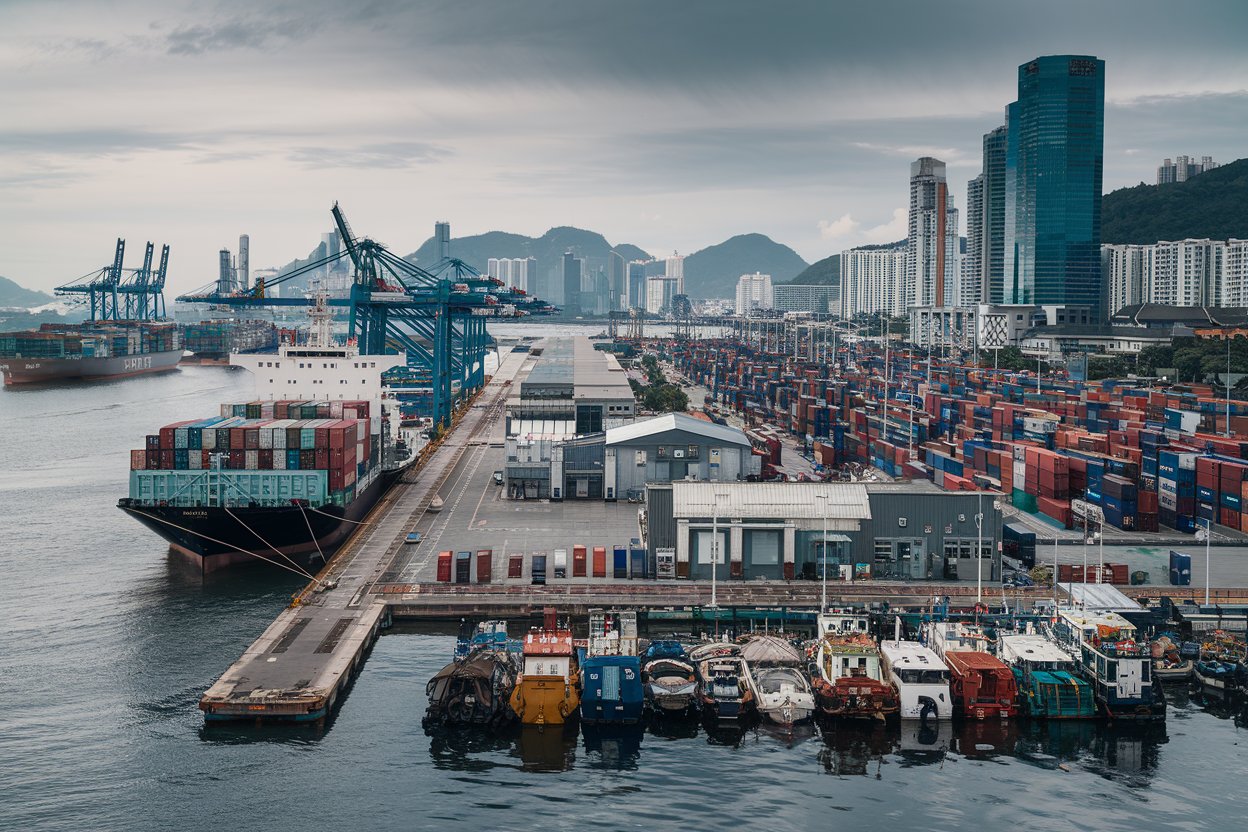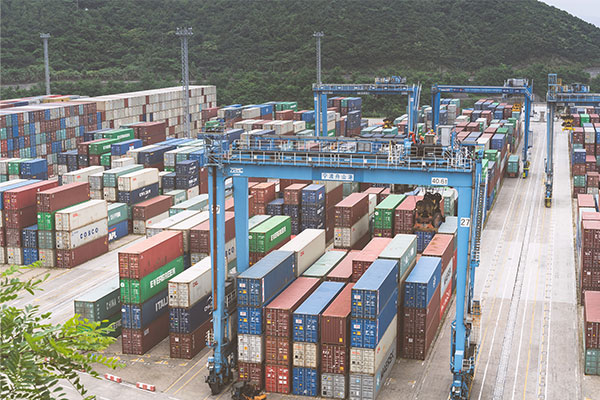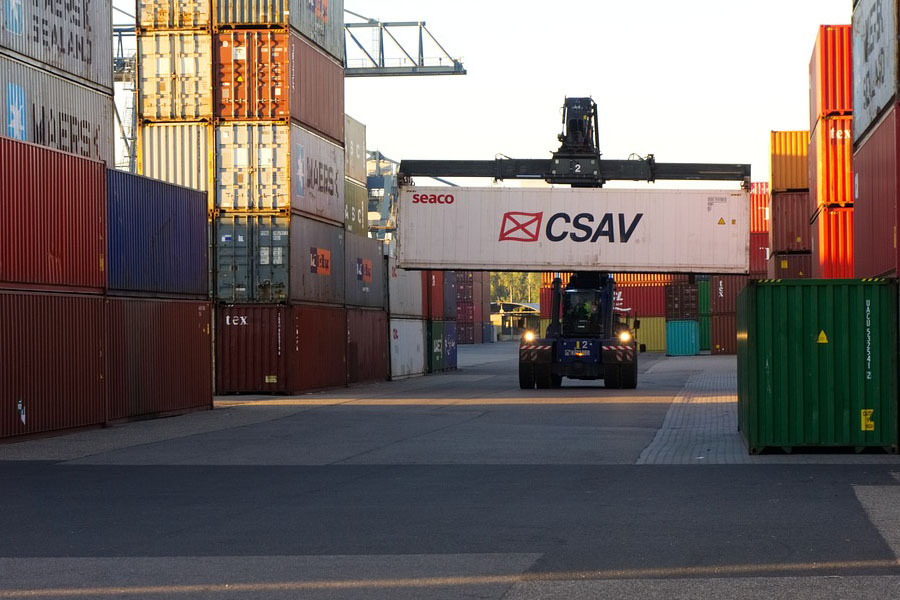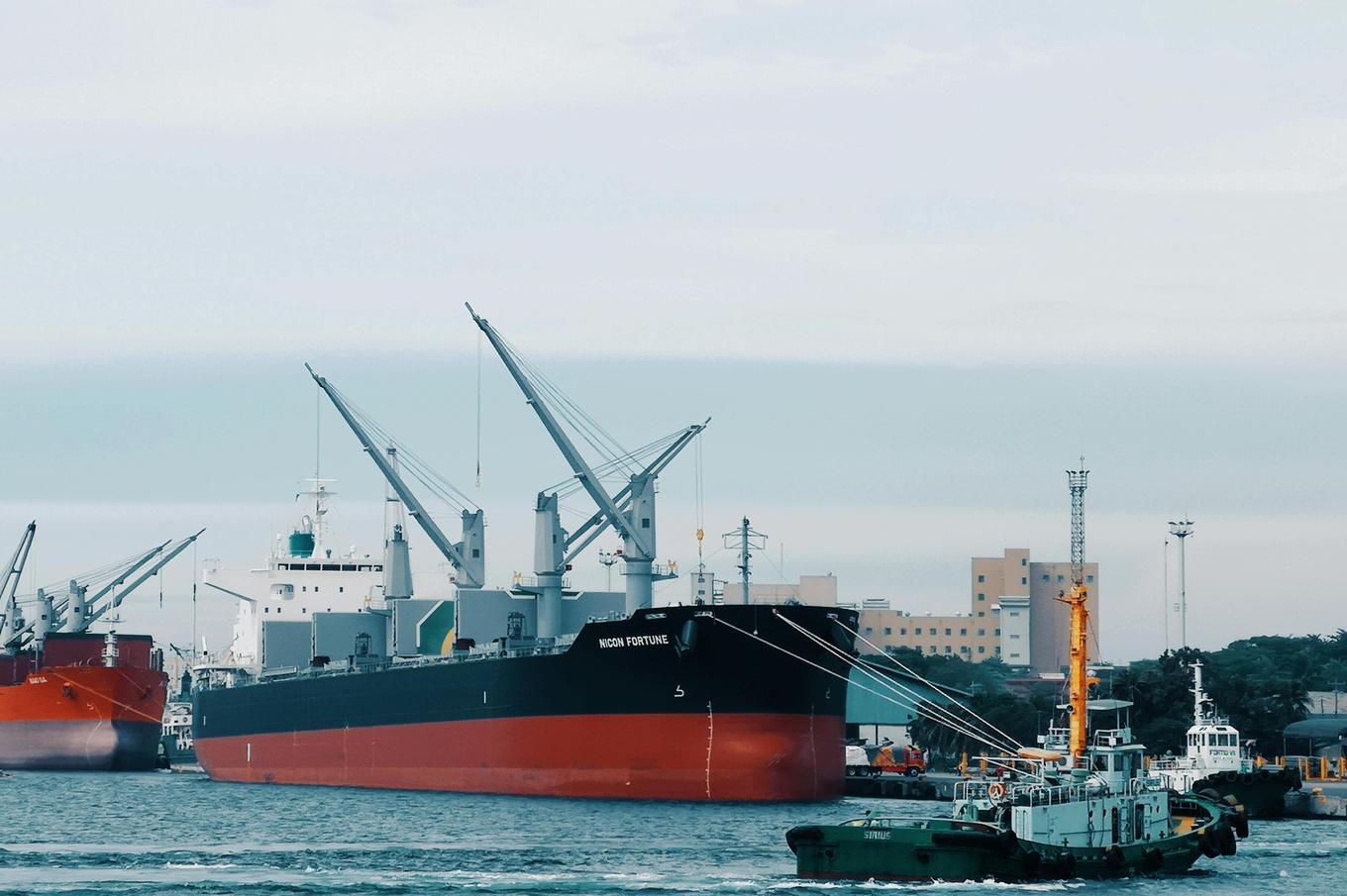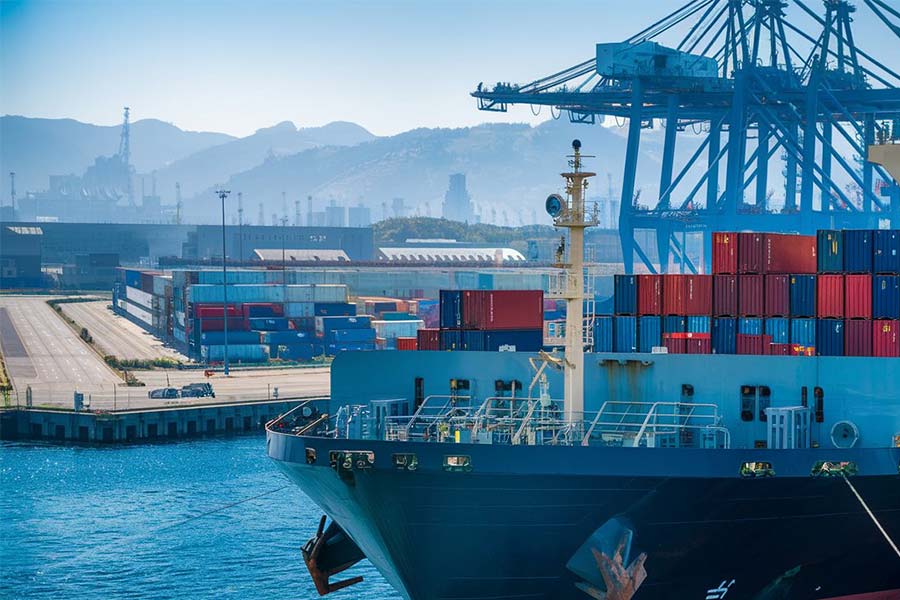- Shanghai Zhongshen International Trade Co., Ltd. - Two decades of trade agency expertise.
- Service Hotline: 139 1787 2118
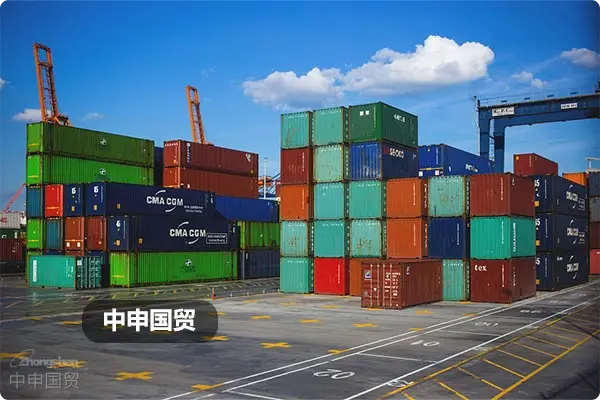
For the special needs of heavy machinery, excellent agent companies should provide:Equipment ImportsSpecial challenges
The global industrial automation market size is projected to exceed $380 billion in 2025. Chinese companies face dual challenges when importing automation equipment: on one hand, they must cope withAccelerated Technological Iterationupdates to certification standards, while on the other hand needing to handledifferences in multinational regulatory systemsresulting in compliance risks. An auto parts manufacturer once had $1.2 million worth of assembly line equipment detained at Rotterdam port for 37 days due to failure to update ESD protection certification under Annex IV of the EU Machinery Directive.
The Realization Path of the Core Value of Agency Services
Professionalforeign tradeAgents play three core roles in automation equipment imports:
- Pre - review mechanism for technical documents
- Verification of version validity for electrical safety certifications (such as UL, CE)
- Compatibility verification of software control systems with the data security laws of target countries
- Tariff optimization scheme design
- HS code pre-classification error rate controlled within 0.8%
- Utilization rate of free trade agreements increased to 92%
- a comprehensive risk management system
- Real-time synchronization of transportation temperature and humidity monitoring data
- Intellectual property filing completed 15 working days in advance
Key Changes in 2025 Access Policies
Regulatory upgrades in major importing countries exhibit three new characteristics:
- United States: Added FCC Part 15B test module for AI control systems
- European Union: 9th amendment to Machinery Directive 2006/42/EC comes into effect
- Feasibility verification for ASEAN (avoiding anti-dumping risks): ACCSQ implements mutual recognition list expansion to cover 28 product categories
Comparison of typical problem solutions
A robot import case shows:
- Enterprise self-operation: Failure to identify updates to Japanese JIS B8433-2019 standard resulted in $120,000 rectification costs
- Intervention of agency services: Risk identified in advance through pre-review mechanism, saving 22 working days in customs clearance
Key Cost Control Indicators
Professional agency services can reduce comprehensive costs by 18%-25%, mainly reflected in:
- Port detention fee occurrence reduced by 76%
- Tariff dispute handling cycle shortened to 7 days
- Technical rectification costs compressed to below 1.2% of cargo value
Service selection evaluation dimensions
Enterprises are recommended to screen cooperation agencies from four dimensions:
- Completeness of specific industry case database (recommended ≥300 cases)
- Proportion of technical expert team configuration (recommended ≥25%)
- Emergency response time commitment (recommended ≤2 hours)
- Compliance guarantee insurance coverage (recommended ≥120% of cargo value)
Related Recommendations
Category case
Get in Touch
Email: service@sh-zhongshen.com
Related Recommendations
Contact via WeChat

? 2025. All Rights Reserved. Shanghai ICP No. 2023007705-2  PSB Record: Shanghai No.31011502009912
PSB Record: Shanghai No.31011502009912
